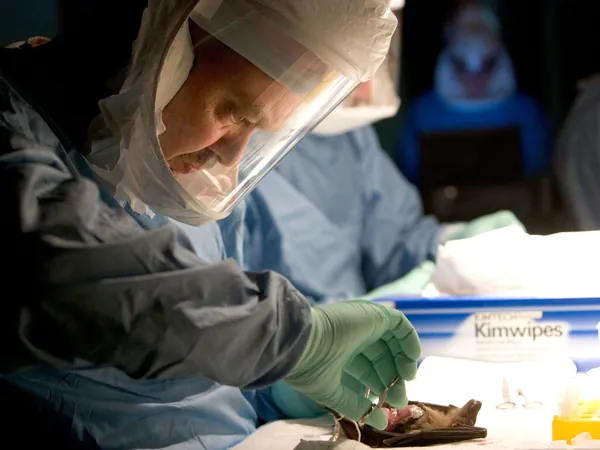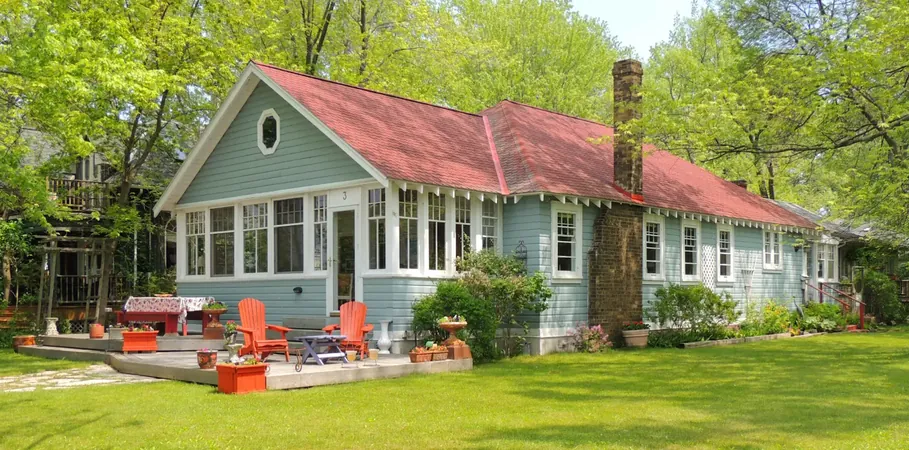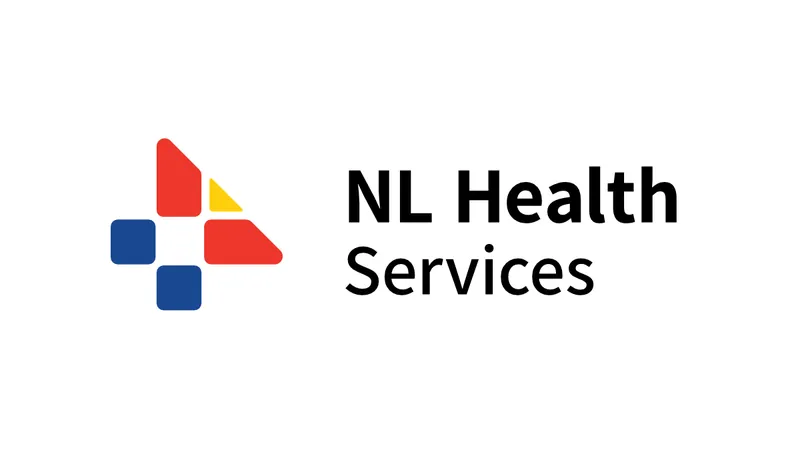
Is Canada’s Salmon Industry at Risk? The Fight for Wild Salmon Protection Heats Up!
2024-10-03
Introduction
On a pristine August morning, Skookum John expertly navigates his fishing vessel, the Sweet Marie, away from the Tofino harbor into the stunning depths of Clayoquot Sound, located on Canada’s breathtaking west coast. The warm sunshine draws in tourists from across the globe, who eagerly engage in activities like whale watching, trying to catch glimpses of orcas, humpbacks, and grey whales against a backdrop of lush forests and soaring mountains.
Ecological Concerns
You won’t find scenery like this anywhere else,” John remarks, his pride for the Clayoquot Sound UNESCO biosphere reserve evident as he points out the vibrant ecosystems thriving in the clear waters. The area hosts a remarkable array of wildlife, including sea otters, which have rebounded from near extinction, alongside seals, wild salmon, and majestic bald eagles.
Industry and Conservation Efforts
As a member of the Ahousaht First Nation, John's livelihood revolves around the sea, providing marine rescue training for the coast guard and guiding eco-tourists. Today, however, he is accompanying members of Clayoquot Action, a dedicated conservation group, to inspect one of the region's most contentious industries: open-net pen salmon farming.
Dan Lewis, the co-founder and executive director of Clayoquot Action, expresses disbelief that such industrial practices are allowed within a globally recognized protected zone. “Why are we allowing this to happen here?” he asks, exasperated, as he surveys the rich marine life that calls Clayoquot Sound home.
Salmon Farming in Canada
With ecological concerns mounting over the years, Clayoquot Sound hosts some of the last remaining salmon farms on North America's West Coast. Historically, up to 100 salmon farms have operated in Canadian waters, predominantly cultivating non-native Atlantic salmon. Recently, however, the industry has come under fire for its role in the alarming decline of wild salmon stocks.
Government Action
In a groundbreaking move, the Canadian government announced plans to ban open-net farming by July 2029 in a bid to protect wild salmon and foster sustainable aquaculture practices. This decision comes on the heels of the closure of numerous farms across British Columbia over the past seven years, spurred by findings of sea lice outbreaks and diseases affecting both farmed and wild fish.
Industrial Response
The announcement has drawn praise from environmentalists but sparked fierce backlash from the salmon farming sector, predominantly controlled by multinational corporations. Industry representatives argue that transitioning to more sustainable closed-containment systems is not only impractical but would also impose prohibitive costs.
Community Perspectives
For John, who has been an outspoken critic of salmon farms since 2015, the government's 2029 deadline rings hollow, recalling previous commitments that were never fulfilled. “I won’t trust them until I see real action,” he insists, observing a nearby floating salmon farm as the Sweet Marie cautiously glides past.
This skepticism reflects a broader divide within the Ahousaht Nation regarding salmon farming. While John advocates for immediate action, Hasheukumiss, the inherited chief of the Ahousaht Nation and current president of the Maaqutusiis Hahoulthee Stewardship Society, holds a more complex view. In 2010, the Ahousaht Nation signed a contract with Cermaq Global—a subsidiary of Mitsubishi—to allow operations in their waters, a deal that has undergone renewals and modifications over the years.
Economic Considerations
Hasheukumiss notes that although Cermaq has been cooperative in addressing environmental concerns, including sea lice and pathogens, he remains critical of the government’s handling of consultations with his community. “Five years to transition is utterly unrealistic for any industry,” he states firmly.
As the Sweet Marie nears a floating salmon farm, John jokes with a nephew who recently took a job at Cermaq, highlighting the delicate balance between economic opportunity and environmental responsibility in the area.
Technological Challenges
Cermaq is currently experimenting with semi-closed containment systems designed to mitigate the impact on wild salmon while dealing with issues like sea lice. However, the cost of such systems is steep, with monthly expenses exceeding C$20,000, not to mention the lengthy licensing processes that hinder timely innovation. Industry representatives caution that shifting to entirely contained systems is impractical and could jeopardize the economic fabric of coastal communities, which rely heavily on salmon farming.
Conclusion
The stakes have only increased with the promise of a sweeping ban on open-net salmon farms. John’s determination to see salmon farming removed from Ahousaht territory is absolute, even if it risks halting potential revenue. “Wealth isn’t merely financial,” he asserts. “It lies in the riches of our land, sea, and air.”
As the debate intensifies over salmon farming's future in British Columbia, only time will tell if the government’s commitment can transform into effective policy and genuine protection for the wild salmon populations that hold such significance for the ecosystem and local communities alike. Will Canada succeed in safeguarding its salmon, or will the tides of industry prevail? Keep an eye on this unfolding story, as it may determine the fate of Canada’s iconic wild salmon for generations to come.









 Brasil (PT)
Brasil (PT)
 Canada (EN)
Canada (EN)
 Chile (ES)
Chile (ES)
 España (ES)
España (ES)
 France (FR)
France (FR)
 Hong Kong (EN)
Hong Kong (EN)
 Italia (IT)
Italia (IT)
 日本 (JA)
日本 (JA)
 Magyarország (HU)
Magyarország (HU)
 Norge (NO)
Norge (NO)
 Polska (PL)
Polska (PL)
 Schweiz (DE)
Schweiz (DE)
 Singapore (EN)
Singapore (EN)
 Sverige (SV)
Sverige (SV)
 Suomi (FI)
Suomi (FI)
 Türkiye (TR)
Türkiye (TR)